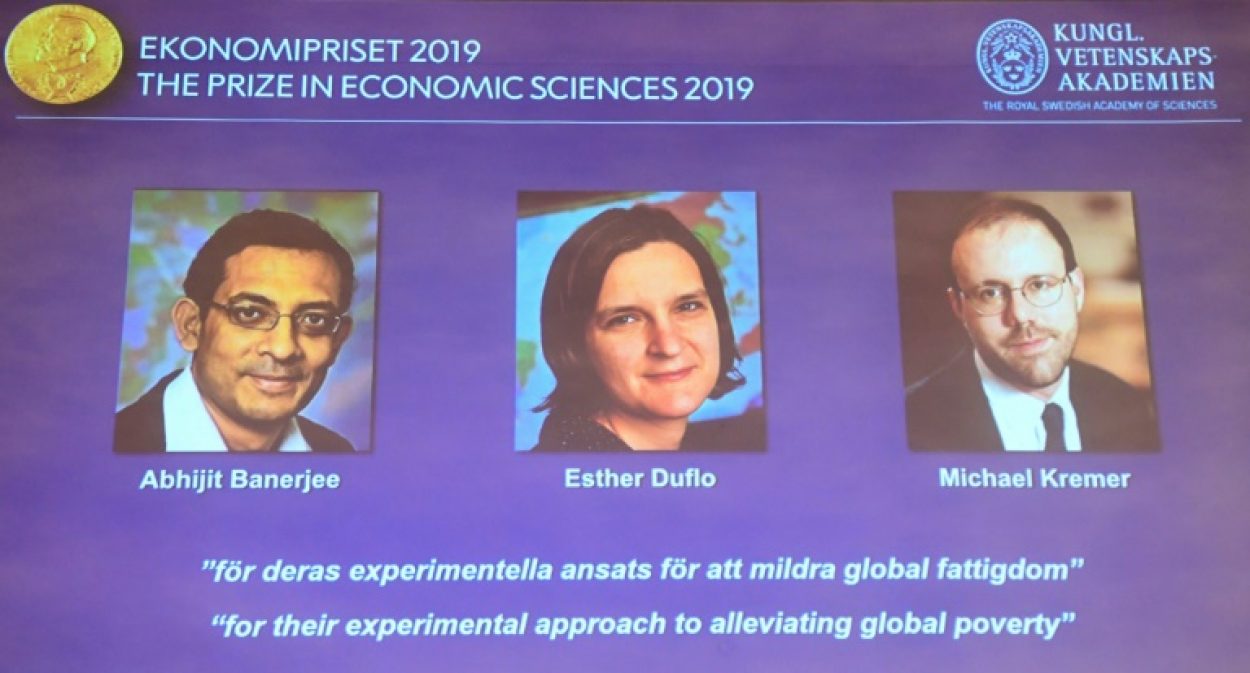
Proteins traces on ancient teeth can be used to determine the biological sex of human remains
Archaeologists can now estimate the biological sex of ancient human remains by analyzing proteins traces on a single fossil tooth.
Differences in pelvic structure can be used to differentiate between male and female adults, but the remains of male and female children and adolescents are less distinct. Being able to estimate the biological sex of human remains is essential to understanding the formation and evolution of early human societies.
DNA can can reveal the sex of human remains, but genetic analysis is expensive. Genetic material is also delicate and can be more easily degraded than proteins found on tooth enamel.
Using the advanced imaging technique known as mass spectrometry, researchers at the University of California, Davis were able to measure amelogenin proteins on a variety of fossil teeth.
Amelogenin proteins control the formation of tooth enamel, and the genetic coding controlling amelogenin protein production is located in the X and Y chromosomes — the chromosomes responsible for sex differentiation.
Female teeth feature amelogenin-X, while male teeth contain amelogenin produced via both the X and Y chromosomes.
In the lab, scientists tested for protein traces on dozens of human teeth, ranging from 100 to 7,300 years old. The fossil teeth were collected from archaeological sites in the United States and Peru. Scientists measured amelogenin-X in all of the samples and amelogenin-Y in half.
“Like DNA our method is quantitative and does not depend on anatomical training, it is cheaper to run per sample — than DNA — and can be done in non-sterile conditions,” Glendon Parker, associate adjunct professor of environmental toxicology at UC Davis, said in a news release.
The new analysis technique — detailed in the Journal of Archaeological Science — adds to the already long list of the information and insights that teeth can provide archaeologists.
“Wear patterns on the tooth can tell us about diet. Morphology of the tooth can tell us about ancestry — different populations around the world have slight variations in the shape of teeth,” said UC Davis anthropologist Jelmer Eerkens. “Plaque adhering to the tooth can tell us about bacteria in the person’s mouth, including pathogenic bacteria. We can radiocarbon date the tooth to learn how old it is. And stable isotope data can tell us about how a person traveled across the landscape.”
Categories: World News




